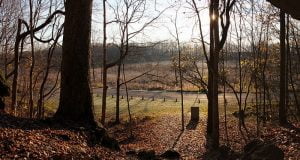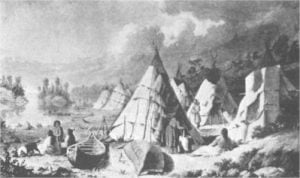Biography of Edward Everett Hazlett, M.D.
Edward Everett Hazlett, M. D. From 1880 until his death on June 17, 1915, Doctor Hazlett practiced medicine and surgery at Abilene, Kansas. That was a period of thirty-five years. He was one of the pioneers in his profession at Abilene, and began practice there when the city to some extent still retained the prestige and the somewhat unenviable prominence it derived as a center of the great cattle industry. Without disparaging the merits and attainments of his contemporaries, it can be stated that Doctor Hazlett was always the leader of his profession in that city, not only in point … Read more



